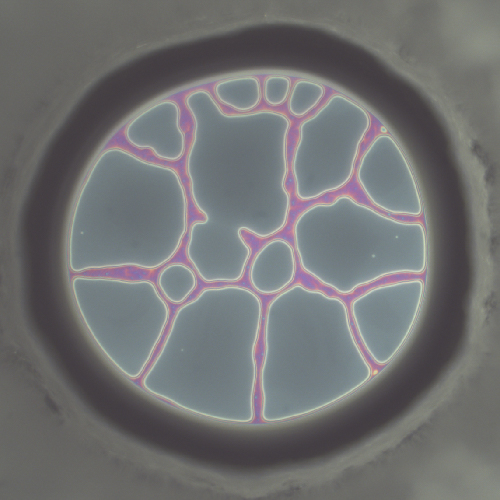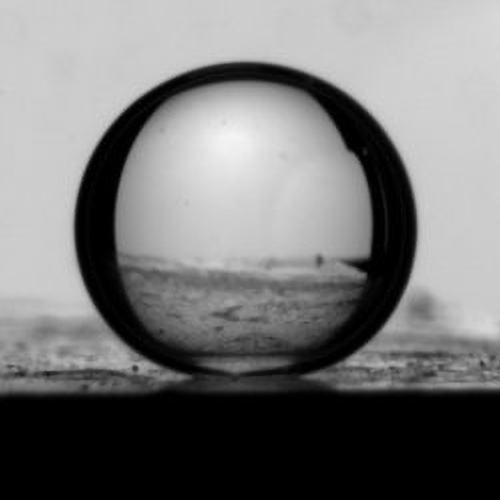The main method to investigate foam films is the Thin Film Pressure Balance for measuring the disjoining pressure isotherms and optical observation of foam films. However, also surface-sensitive methods are used such as tensiometry (dynamic/static) and neutron scattering to study a single air/water interface. Surfactants, mixtures of polyelectrolytes and surfactants as well as proteins are investigated. We are interested in synergistic effects, the impact of additives (different polyelectrolytes, salt) and ion-specific effects.
Contact person:
Selected publications:
- Martin Uhlig, Oliver Löhmann, Salomé Vargas Ruiz, Imre Varga, Regine von Klitzing and Richard A. Campbell, New structural approach to rationalize the foam film stability of oppositely charged polyelectrolyte/surfactant mixtures, Chem. Commun., 2020, 56, 952-955. https://doi.org/10.1039/C9CC08470C
- Martin Uhlig, Reinhard Miller and Regine von Klitzing, Surface adsorption of sulfonated poly(phenylene sulfone)/C14TAB mixtures and its correlation with foam film stability, Phys. Chem. Chem. Phys., 2016, 18, 18414-18423. https://doi.org/10.1039/C6CP02256A
- Heiko Fauser, Regine von Klitzing and Richard A. Campbell, Surface Adsorption of Oppositely Charged C14TAB-PAMPS Mixtures at the Air/Water Interface and the Impact on Foam Film Stability, J. Phys. Chem. B 2015, 119, 1, 348-358. https://doi.org/10.1021/jp509631b



